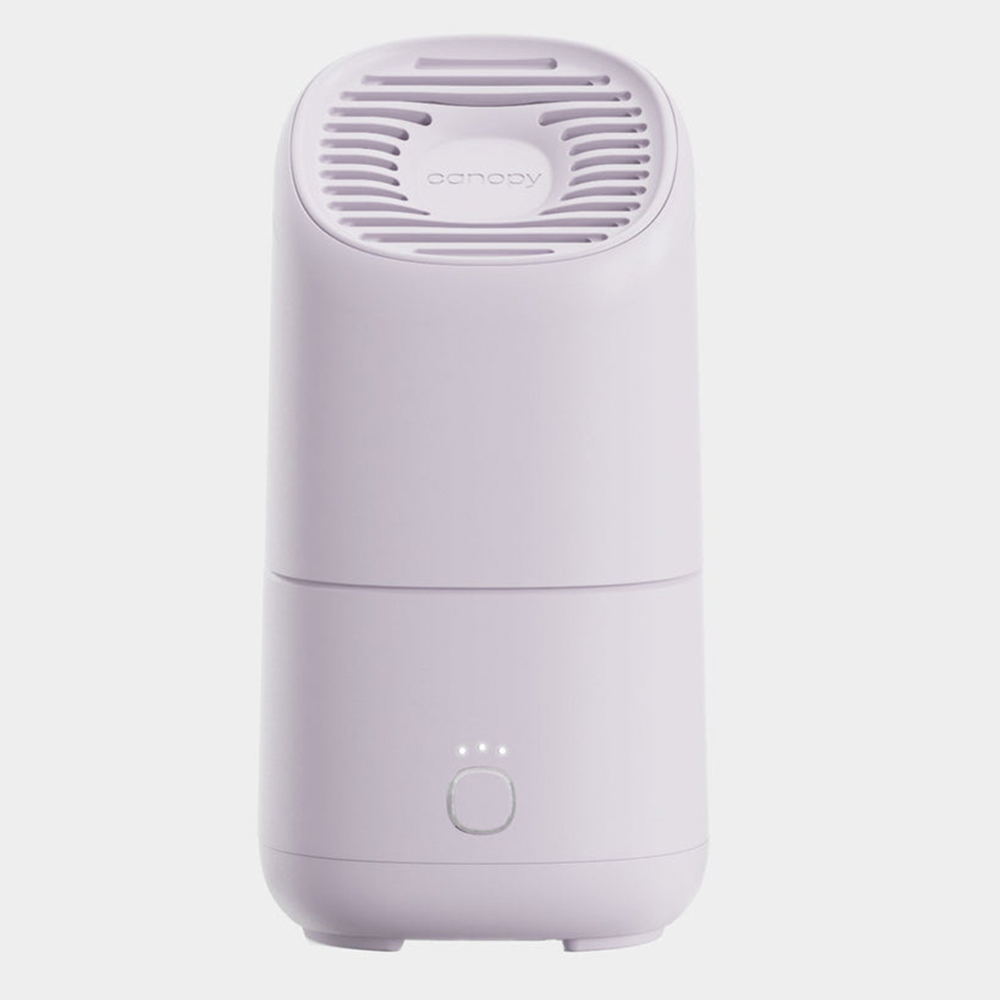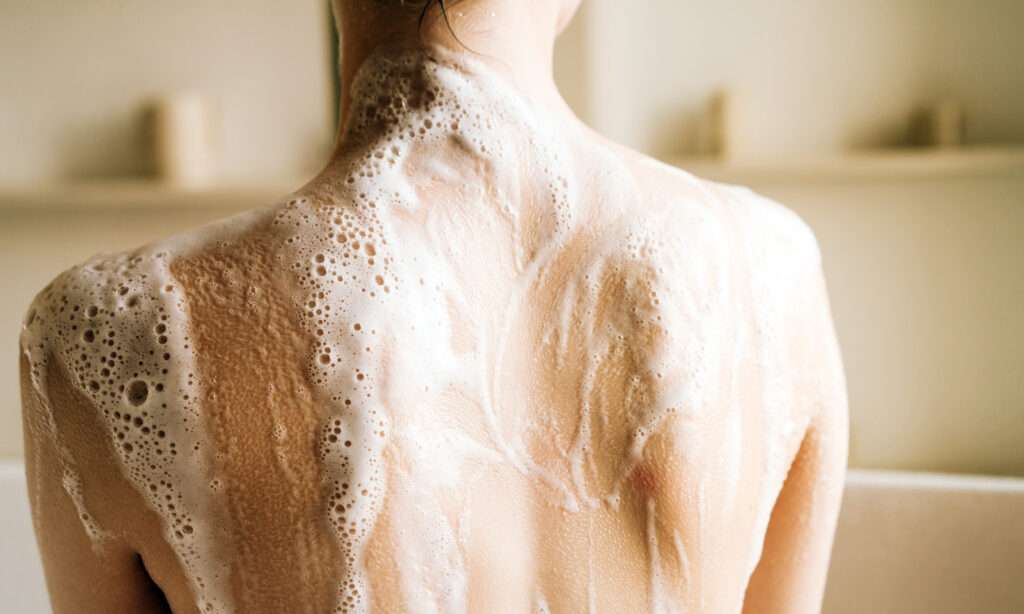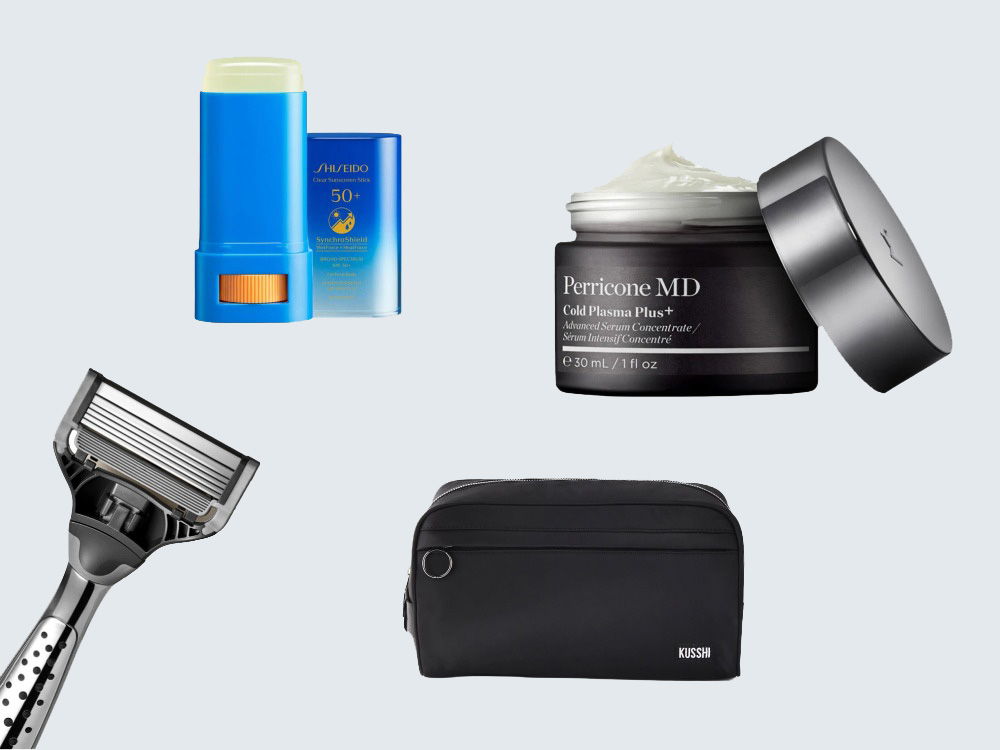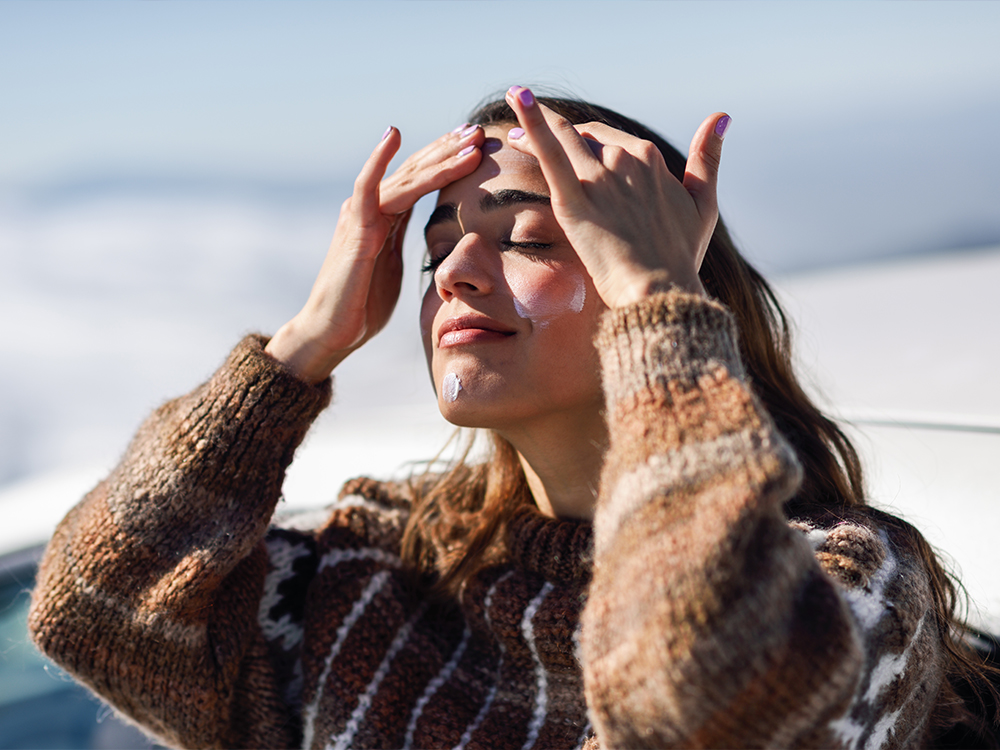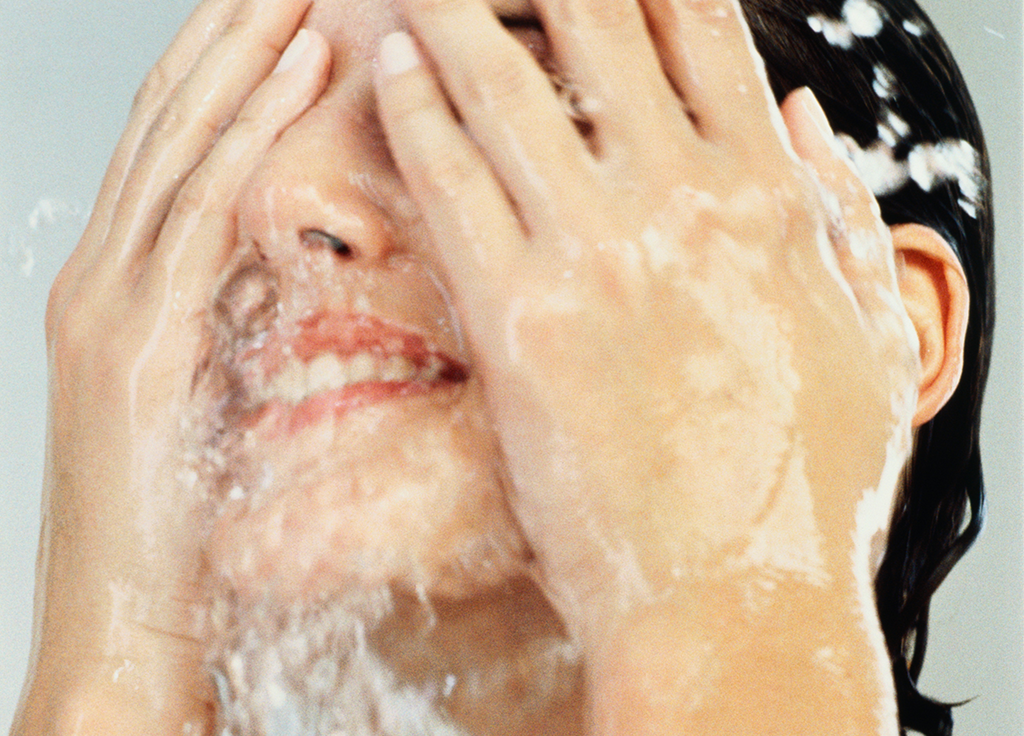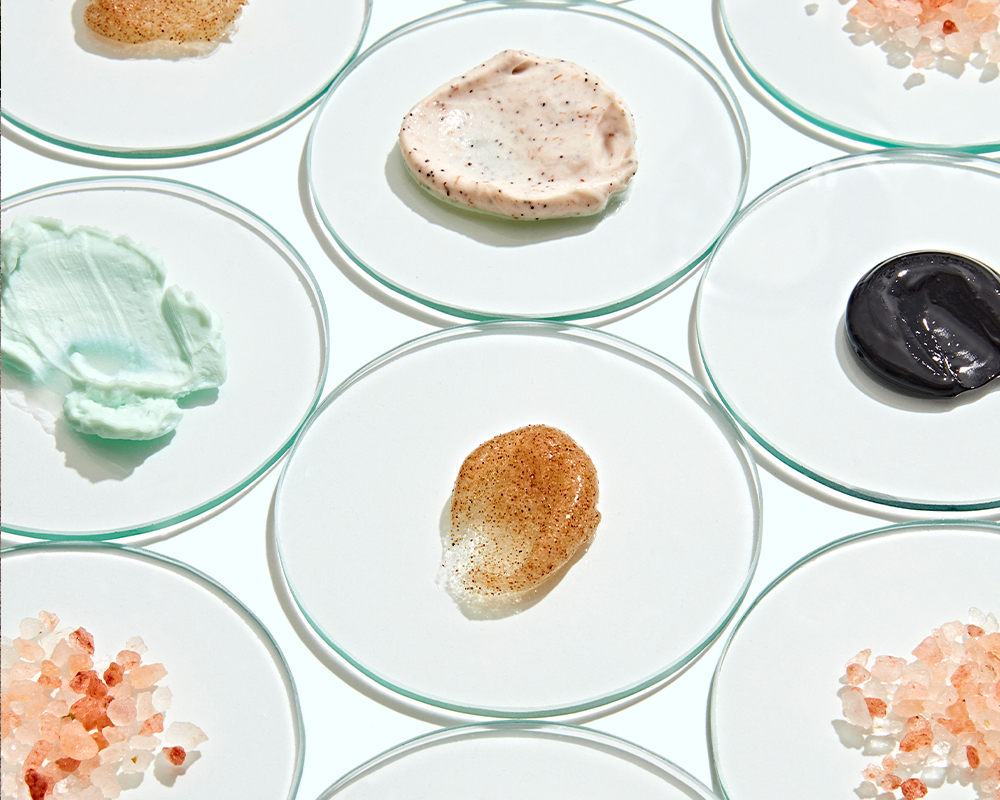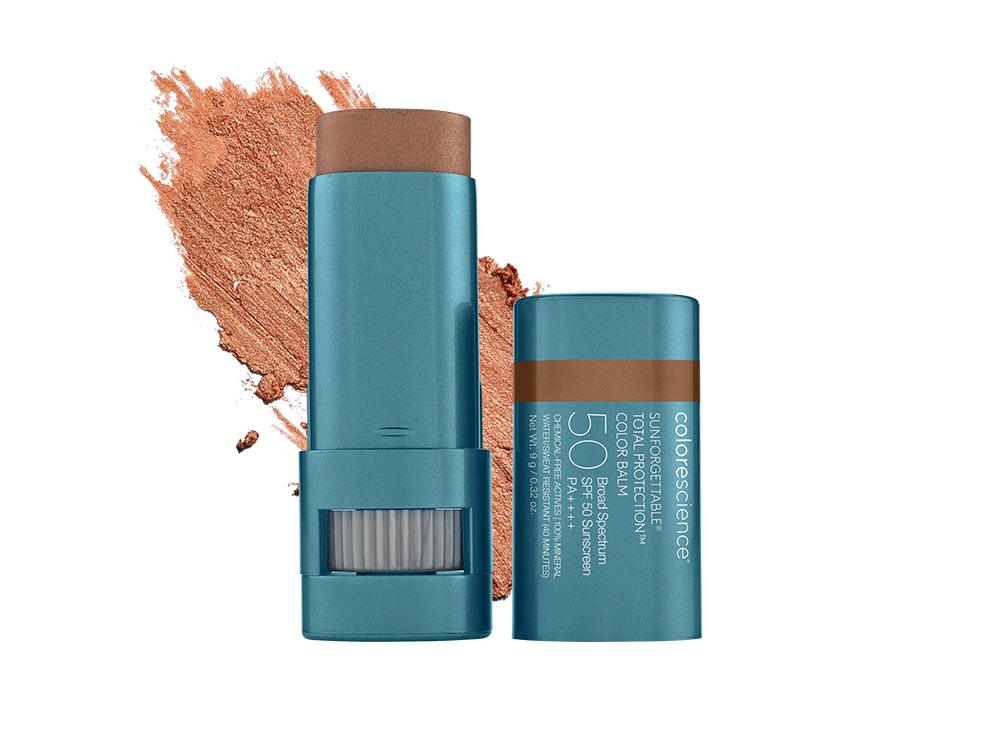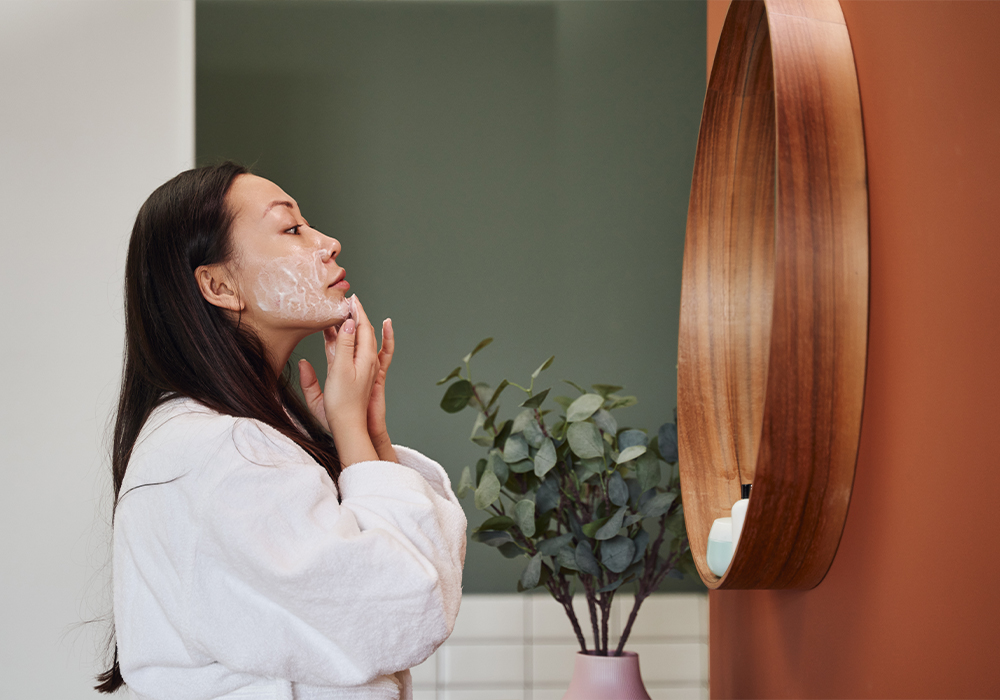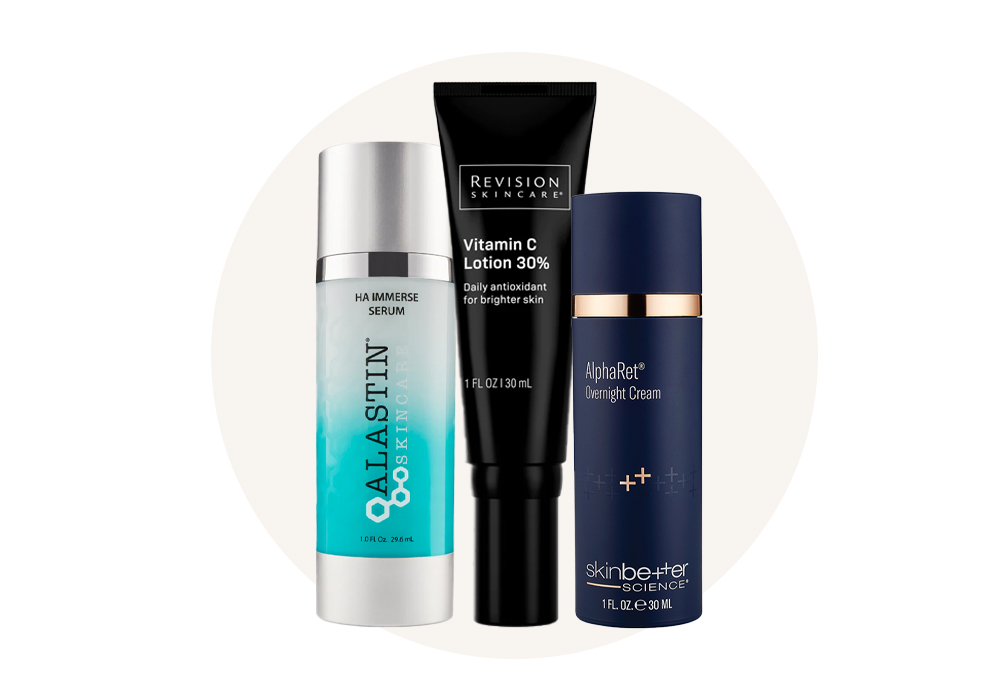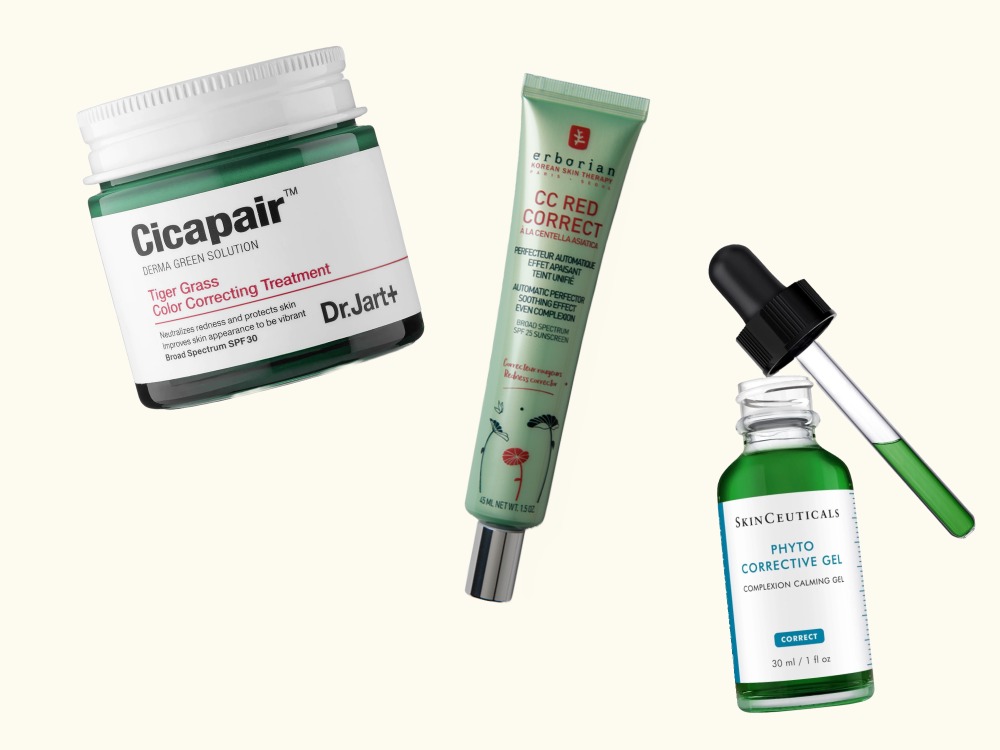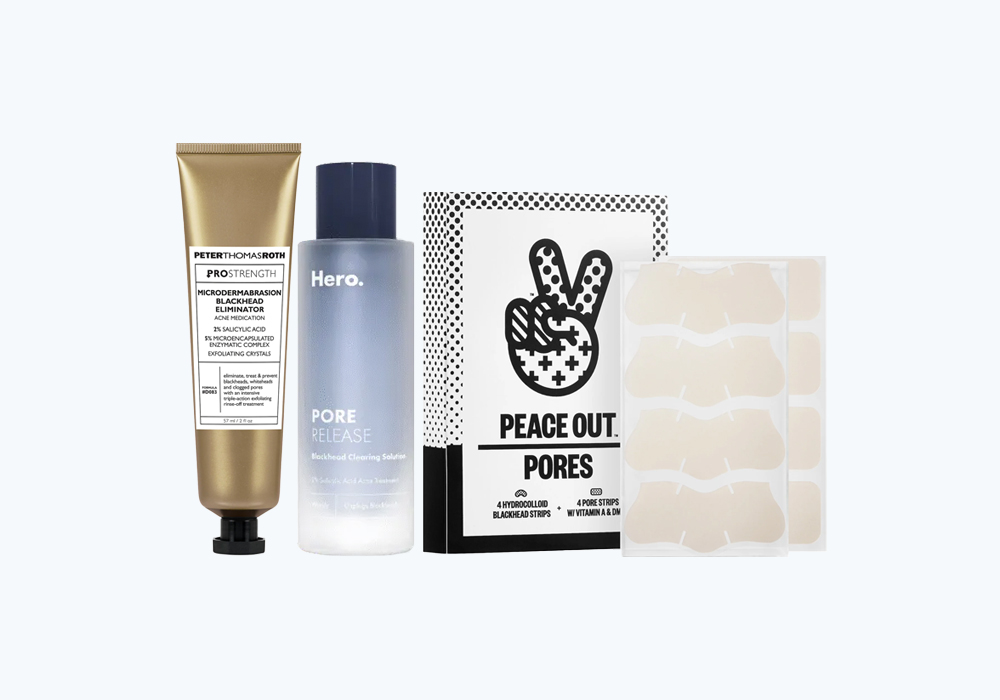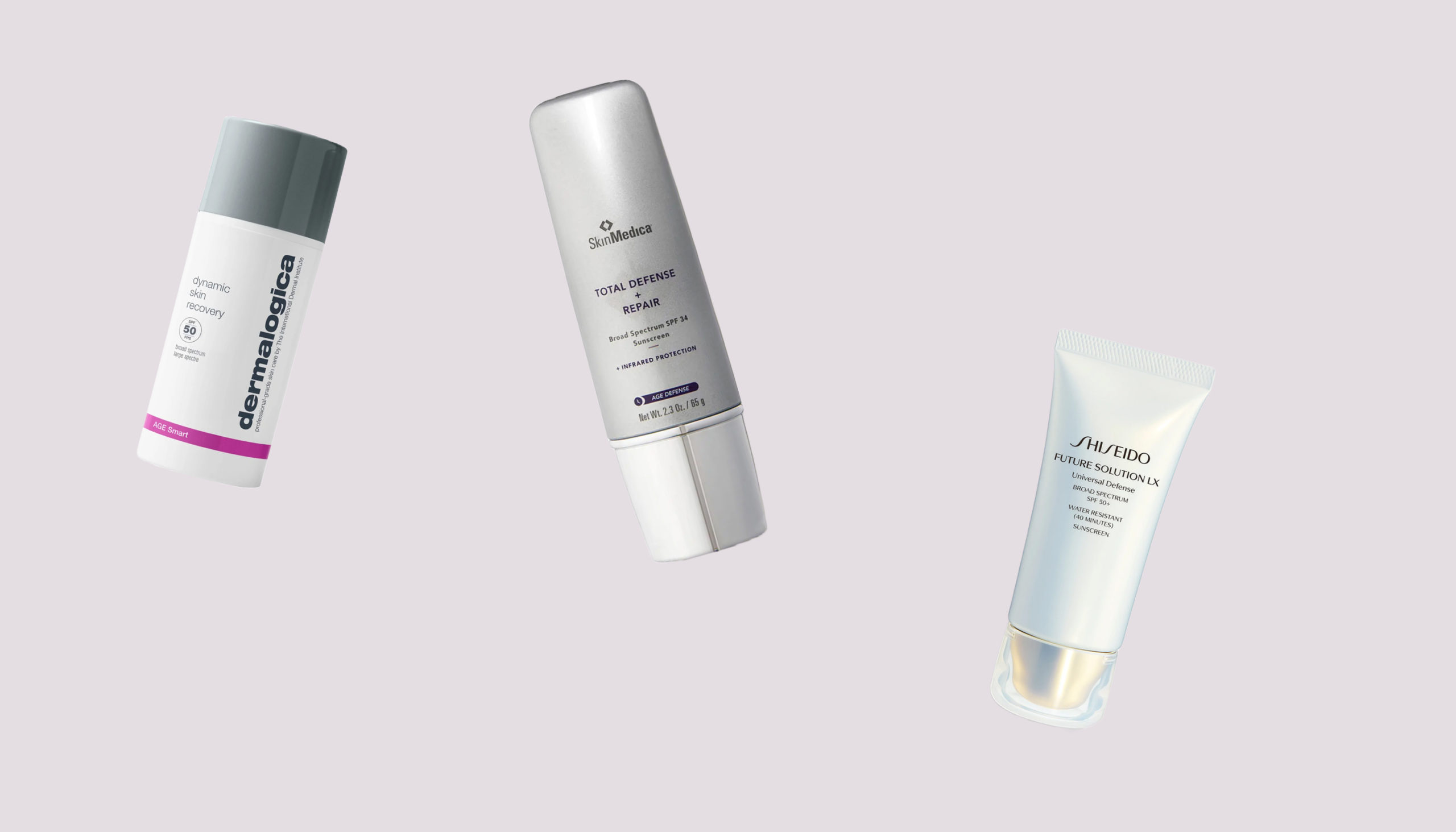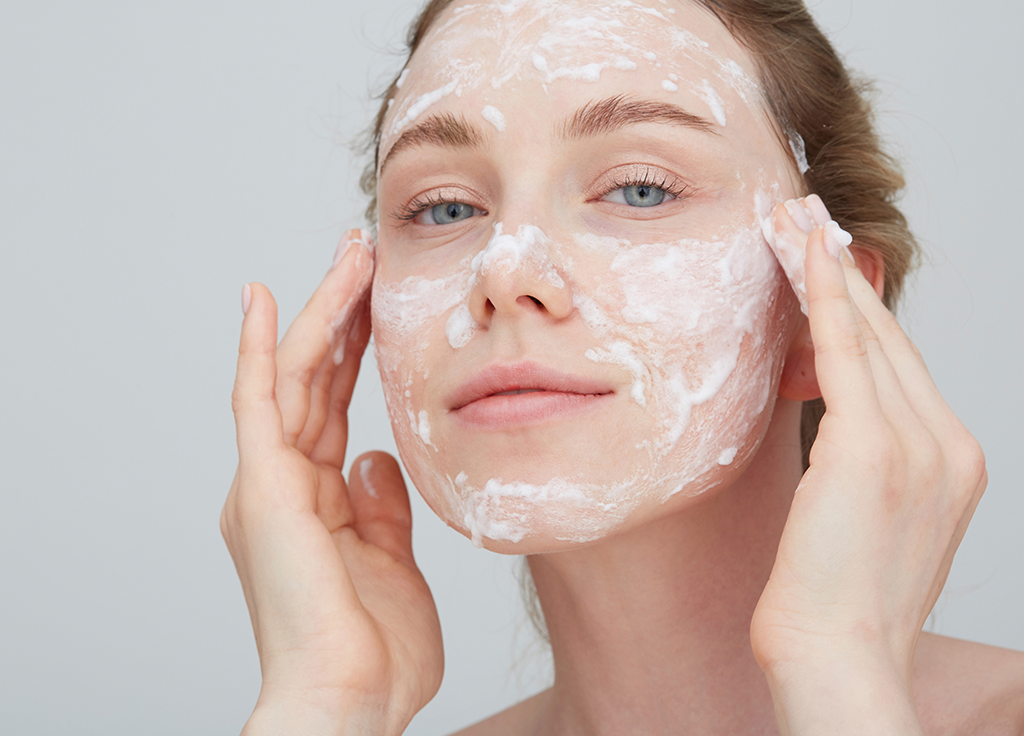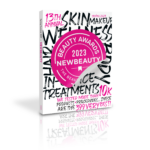As drier, windier and cooler weather appears, enter transepidermal water loss, which allows excess moisture to evaporate from our skin. The result? Dry, dehydrated and sometimes rough skin. The fix? We asked the experts what we’re doing wrong and how to get it right for healthier skin during winter months.
Dehydrated skin lacks natural sebum, leading to tightness or excessive greasiness. Drinking enough water and using hydrating products can help maintain healthy skin. To restore moisture and strengthen the skin barrier, these experts say we should avoid making these 10 common mistakes they see their patients doing during the coldest months.
1. Not Updating Your Skin-Care Routine
Just as we switch wardrobes during the winter, changing up one’s skin-care routine can also make all the difference says Bloomfield Hills, MI dermatologist Linda C. Honet, MD. “Winterizing skin care means using creamier bases, layering on noncomedogenic oils and seeking more emollient combinations of ceramides, hyaluronic acid, shea butter, glycerin and even petrolatum to help ward off winter dryness, irritation, flaking and itch and bring back the hydration, glow and luminosity of hydrated skin.”
2. Sticking With Your Cleanser
Your skin’s needs change with the seasons and your cleanser should too advises Omaha, NE dermatologist Omaha, NE dermatologist Joel Schlessinger, MD. “If you find your cleanser is a little drying during winter, switching to a more hydrating version can be helpful. The Colorescience Barrier Pro 1-Step Cleanser ($37) is formulated to remove makeup and mineral sunscreen while also helping to support the skin’s microbiome and protective barrier.”
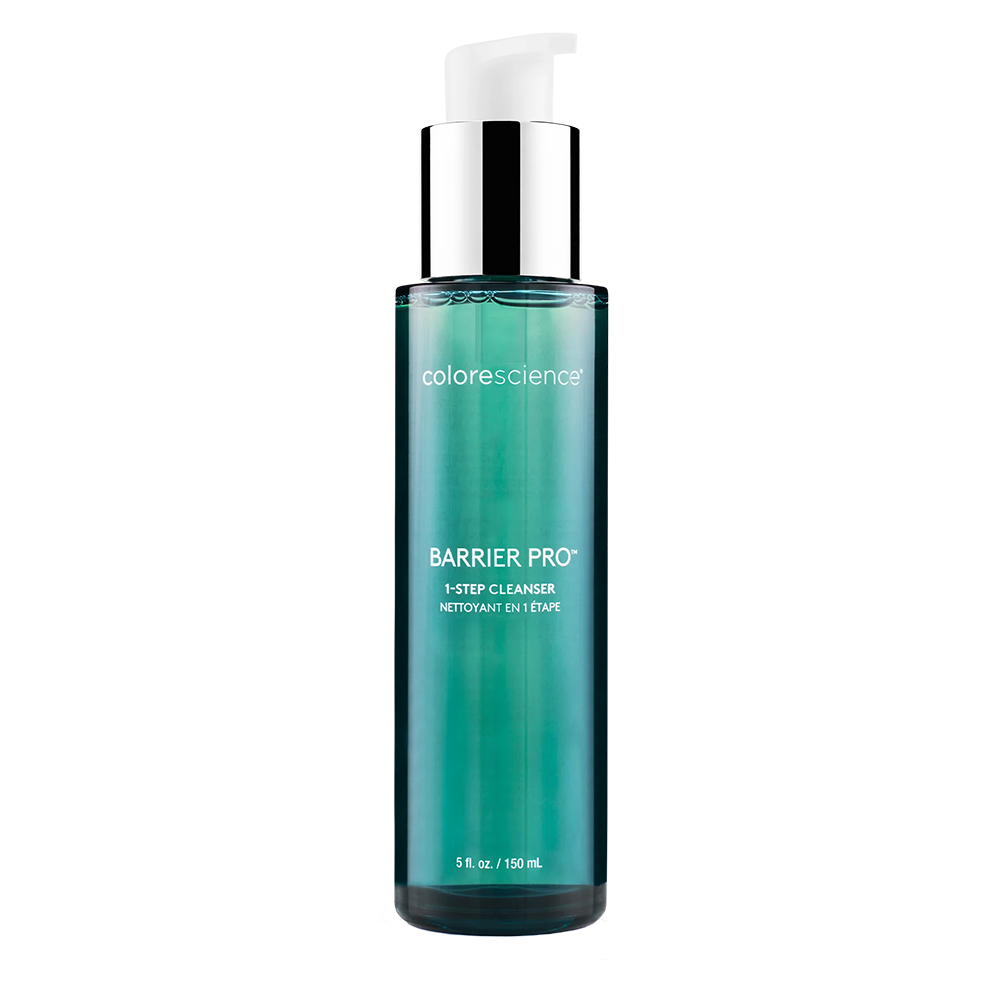
3. Aggressive Exfoliation
According to Davie, FL dermatologist Marianna Blyumin-Karasik, MD mistake number-one is aggressive exfoliating. “After summer, many aim to improve skin radiance, addressing sun damage and pigmentation, prepping for the holiday glow. They turn to mechanical (like scrubs) and chemical exfoliators (AHAs, retinols). Yet, rapid exfoliation can lead to redness, blotchiness, and itching,” she explains. Instead, opt for a weekly microscrub or gradual retinoid use a few nights weekly for balanced, happier skin.
4. Too Many Harsh Actives
“The biggest mistakes in skin care that people should avoid during the winter months are concerning drying and protecting the skin,” says Delray Beach, FL dermatologist Dr. Janet Allenby. ”Cooler temperatures bring drier and more vulnerable skin so you must be diligent with your moisturizer. For those using retinol with de-greasing agents like salicylic or glycolic acids, reduce frequency to prevent irritation, redness and dryness.”
5. Retinoid Overdose
Retinoids are powerful agents for skin rejuvenation, but misuse can lead to unpleasant side effects, cautions New York dermatologist Jennifer Segal, MD. “Retinoids make the skin sensitive and prone to redness, dryness and breakouts. It is important to be aware of these symptoms and to decrease the frequency of retinoid applications—or take a break completely—in the dryer winter months, when the skin is more prone to dryness and sensitivity.”
6. Ditching the Sunscreen
Another common mistake people make during the winter is thinking that sunscreen is less necessary, adds Davie, FL dermatologist Lesley Clark-Loeser, MD. ”UV rays are ultraviolet rays no matter the temperature,” she explains. ”The angle of UV ray penetration into our earth’s atmosphere may change with the seasons but they still have the ability to deliver significant damage, especially at higher altitudes.”
Even in the depths of winter, harmful UV rays are ever-present, capable of wreaking havoc on your skin. “UV rays penetrate clouds during winter months as well, posing a significant risk of sun damage and premature aging,” adds Miami dermatologist Dr. Deborah Longwill. “Protect your skin year-round with a broad-spectrum sunscreen to maintain its health and protect against sun damage.”
7. Ignoring the Extremities
“Often the hands take the most beating in the winter,” says New York dermatologist Marina Peredo, MD. ”Not wearing gloves, the use of hand sanitizers, frequent hand-washing and not reapplying hand cream can all lead to the onset of dry, flaky hands.” The solution? Use a multiuse balm like the soothing CeraVe Healing Ointment ($9) on hands, elbows and knees daily and nightly.
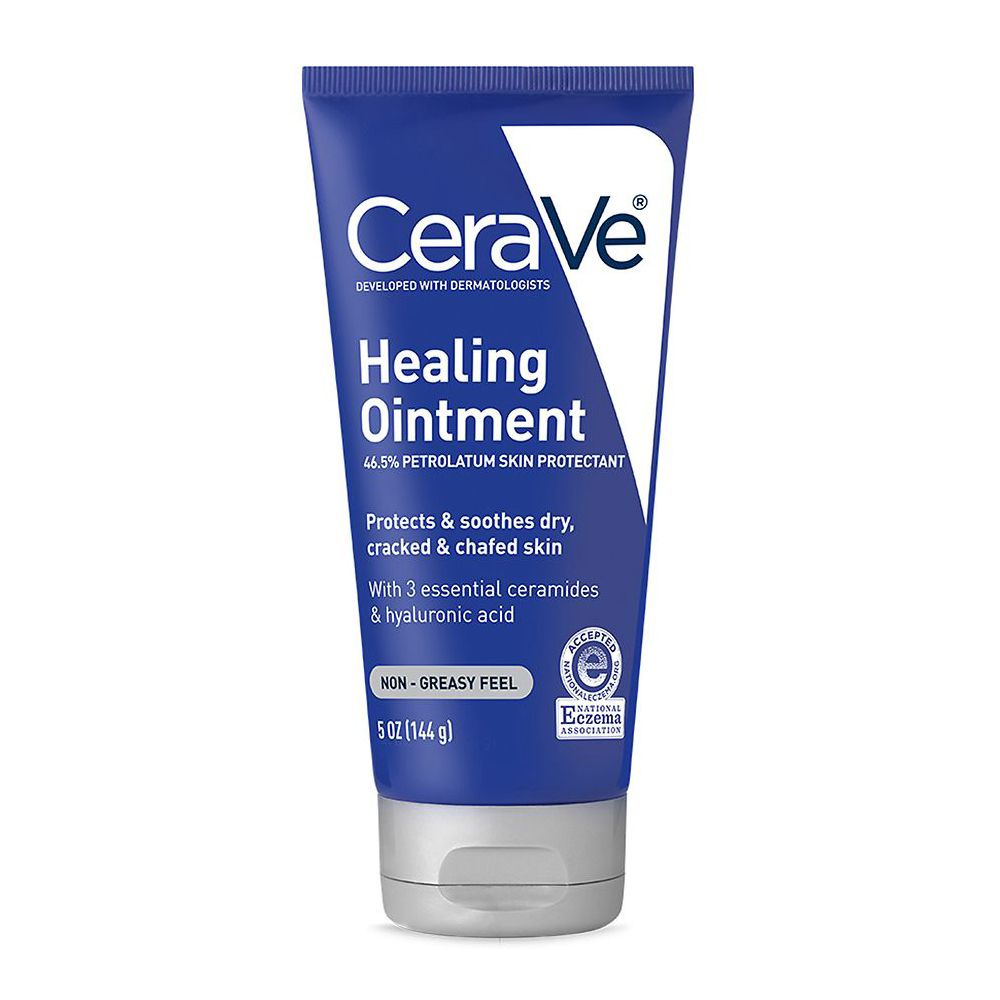
8. Constant Lip Licking
Lips are commonly forgotten as well and can get easily chapped from the exposure to weather. Frequent lip-licking to offset the dryness may cause an irritant dermatitis and lip fissures. “Unlike other parts of the skin, lips lack oil glands, leaving them unable to replenish moisture independently. Licking briefly relieves discomfort but worsens dryness by evaporating moisture.
9. Long, Hot Showers
While it may feel good to warm up in the shower, Dr. Honet says it’s one of the worst things for our skin. “Although the winter season may bring frigid temperatures and wet weather to chill us to the bone, warming ourselves up in a hot shower actually makes our skin even drier,” she says. “In addition, the effects of winter create low ambient humidity indoors and outdoors, compounding our already winter-stressed skin. Furthermore, the hot water may feel soothing temporarily, but this short-term gain actually strips our natural oils and washes them away. I liken it to cleaning a greasy casserole dish; hot water and sudsy dishwashing detergent are the best combination for ridding the greasy food bits and rinsing them down the drain.”
10. Not Using a Humidifier
Investing in a cool mist humidifier, like the Canopy Portable Humidifier ($100), for your living space or bedroom isn’t just a luxury; it’s a necessity. “During the winter, a humidifier becomes your skin’s best friend. It’s a simple addition that effectively restores vital moisture levels, safeguarding against dryness,” notes Omaha, NE dermatologist Daniel Schlessinger, MD.
